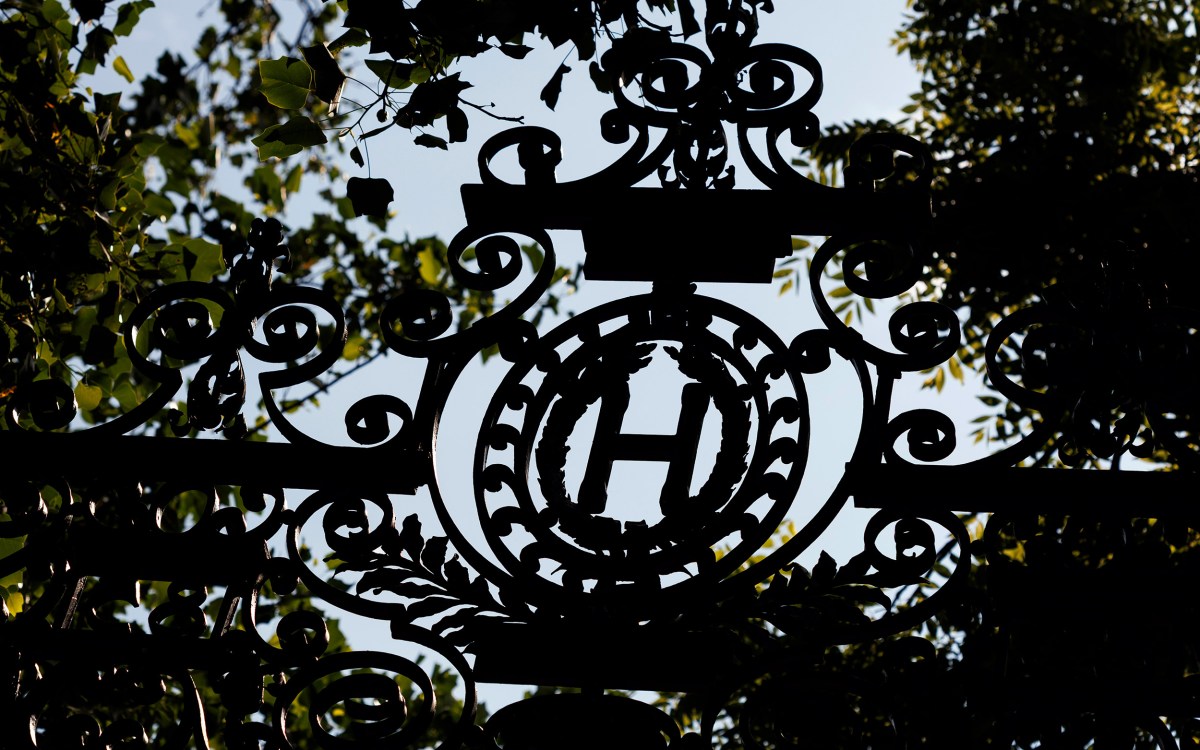Why Onions Have More DNA Than You Do

A raspberry has only 8 percent as much genetic material as you or me. That’s expected; raspberries aren’t too smart or complex. But an onion isn’t very complex either, and it has more than 12 times as much DNA as a Harvard professor.
Whats more, amoebas oozing along in shallow ponds boast a genome 200 times as large as those of Albert Einstein or Stephen Hawking.
” This paradox has vexed scientists since the discovery of DNA about 45 years ago,” notes Dmitri Petrov of Harvard University’s Society of Fellows. After all, DNA is the stuff of which genes are made, and genes contain recipes for making proteins that make humans, amoebas, and onions what they are. It would seem logical that more complex organisms would need more DNA to survive and reproduce.
Not all DNA, however, is useful; that is, not all of it is involved in gene activity. Scientists dont really know why its there, and they refer to it as “junk DNA.” During an experiment conducted a few years ago, Petrov and his colleagues found that humble fruit flies discard junk DNA at a surprisingly high rate.
” We had never seen this before,” Petrov says. “It was a complete surprise.” Junking genes, of course, would put a creature at a survival disadvantage. But junk DNA is not actively affected by natural selection, the process that makes animals and plants more or less fit for survival.
Humans, onions, and other organisms lose DNA when mistakes are made during reproduction. Chromosomes that carry genes must be copied exactly from parents to offspring, but things occasionally go wrong. Components of genes may be deleted, or changed to make a plant or animal more or less fit for the daily struggles of life. But changes on junk DNA cause no such consequences. If deletions of old junk occur more slowly than insertions of new junk, then the amount of genetic material a creature has will increase, and vice versa, without effect on survival.
This process might explain the genetic differences among species like humans, onions, and fruit flies. “Organisms like fruit flies may be careless about copying junk DNA when replicating their chromosomes, giving them compact, junk-free genomes,” Petrov points out. “Others, like onions, may faithfully reproduce everything, resulting in a cluttered and junky genome.” Humans would be somewhere in between.
A Remarkable Finding
It was an intriguing idea that Petrov and his colleagues first mentioned in a scientific paper published in 1996. But was it right? One way to find out would be to look at the genomes of two different animals, make a prediction of which one would lose DNA faster, then check the prediction.
Petrov and his colleagues decided to compare fruit flies and a species of Hawaiian cricket. Picking two insects eliminates complexities that can arise during evolution of very different species, such as humans and crickets.
Crickets, as it turns out, possess 11 times more genetic material than fruit flies. When the Harvard geneticists measured changes in the cricket’s genetic material, they were pleased to find that it lost junk DNA 40 times slower than the speedy flies.
“The result indicates that losing junk DNA at different rates is probably an important reason for the startling variation in genetic material that we observe among species such as onions and humans,” Petrov says. “We’re not sure it accounts for the whole paradox, but finding a major contributor to it is quite remarkable.”
Petrov reported the results of this work in the Feb. 11 issue of Science magazine, along with co-researchers Kerry Shaw, Harvard associate professor of biology; Daniel Hartl, professor of biology, and student Todd Sangster 00; all of Harvard; and J. Spencer Johnston of Texas A&M University.
The measurements are tricky and some assumptions must be made about DNA. For example, researchers had to guess about which DNA is truly junk, and then infer what deletions and insertions were made in it over millions of years. But this method produces such intriguing results, Petrov intends to keep using it to check the genomes of human, amoebas, onions, and other species.
” Im excited about finding at least a partial solution to such a long-standing problem,” Petrov comments. “People will continue to argue about whether this DNA is truly junk DNA or whether it does something for the organism. Thats still undecided, but the pendulum has now swung toward junk.”
Junk or not, scientists still dont know why some organisms get rid of it faster than others. But at least we now know why having less DNA than an onion doesnt put us at a survival disadvantage.




